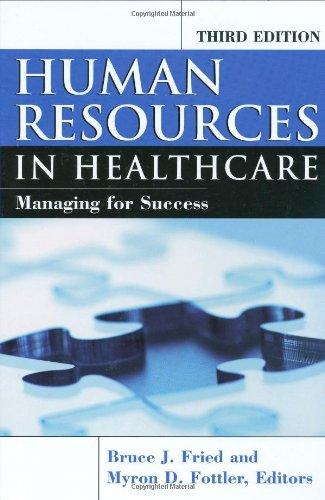This case was adapted from Giangregorio, L., P. Fisher, A. Papaioannou, and J. D. Adachi. 2007. Osteoporosis
Question:
This case was adapted from Giangregorio, L., P. Fisher, A. Papaioannou, and J. D. Adachi.
2007. “Osteoporosis Knowledge and Information Needs in Healthcare Professionals Caring for Patients with Fragility Fractures.”
Orthopaedic Nursing 26 (1): 27–35.
This study was conducted in a multi-site hospital in Canada. The only healthcare providers eligible for the study were those who worked in regions with patients who had osteoporosis or fractures. Some of the staff included were from fracture clinics, rehabilitation and orthopedics districts, and nuclear medicine. The goal of the study was to identify gaps in knowledge about osteoporosis and related concerns.
The samples were taken between November 2005 and February 2006 from the healthcare providers. A local nurse clinician educator selected them by way of invitation and advertisement. As the participants were identified, they were told of the goal of the needs assessment, which was to pinpoint future training needs. To ensure that those needs identified by the outcomes of the study were thorough, the nurse educator also worked to get volunteers from all shifts to complete the assessment. As is common in these studies, each participant was asked to sign a written consent form.
The questionnaire that each participant completed was comprised of four parts.
In the first part, there was a demographic profile with related questions, and in the second part, an assessment of their osteoporosis knowledge with a modified version of the Osteoporosis Knowledge Questionnaire (OKQ).
The OKQ is a 22-item, multiple choice questionnaire designed to assess knowledge of osteoporosis and associated preventative measures
(Berarducci, Lengacher, and Keller 2002).
The results showed that there were variances in osteoporosis knowledge among those health professionals working with clients who were either at risk of fracture or had had a fracture.
The primary areas of knowledge deficit were those topics related to the promotion of better health and management of osteoporosis patients.
The study participants…surveyed reported using several methods for staying current on the osteoporosis information, with the most widely reported methods being journal or magazine articles, brochures and workshops, or presentations at the workplace. Besides being the most common methods that they used to stay abreast of the topic, those methods were also reported as the most preferred sources of information.
The survey revealed that the participants wanted more information about prevention, nutrition/supplements, what is new on the research horizon, and treatment related data such as medication risks/benefits.
Coincidentally, these same topics were identified as gaps.
Case Study Questions
1. Can you think of another approach to get this information? Focus groups?
Would that have been appropriate in this circumstance? What were the benefits to this needs assessment?
2. What were the outcomes from knowing the information, and what are some possibilities for improvement?
3. Would this methodology work in your workplace? Why or why not?
Step by Step Answer:

Human Resources In Healthcare Managing For Success
ISBN: 9781567932997
3rd Edition
Authors: Bruce Fried, Myron D. Fottler





